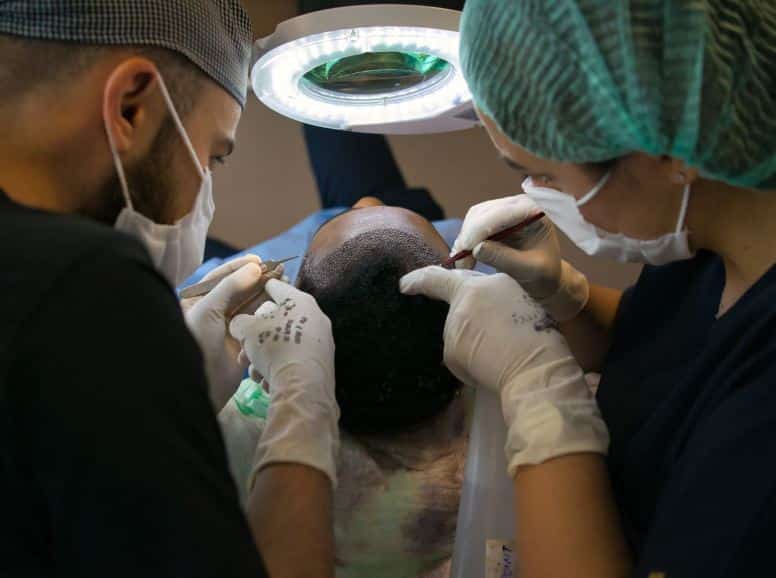Hair Transplant or Hair Implant: Which Is The Perfect Fix for Thinning Hair?

Sometimes, people use hair transplantation and hair implantation interchangeably. However, hair transplants and hair implants are very different from each other. If you’re in the process of getting a hair transplant or implant, you must understand the difference between the two and why Dr. Shapiro recommends hair transplantation over hair implantation as a permanent solution to hair loss.
What Are Hair Implants?
Hair implant involves placing artificial hair in dead follicles, which will never grow and require constant replacement if removed. If one of these synthetic hairs falls out or is pulled out, the only solution is to replace it with a new artificial hair. It can also lead to rejection or infections. But perhaps the biggest downside of hair implants is that they may look unnatural and in most cases, you can tell if the hair has been implanted.
Why Hair Transplants Are Better
Hair transplants, on the other hand, are a surgical procedure that involves removing hair follicles from a donor area (typically the back of the head) and transplanting them to balding areas of the scalp. The hair follicles are transplanted in a way that mimics natural hair growth patterns, providing a permanent solution to hair loss with incredibly natural-looking results.
One of the key advantages of hair transplants is that they offer a permanent solution to hair loss, making them one of the best investments you will make. Once transplanted hair follicles have taken root, they will continue to grow naturally. Transplanted hair can also be styled, washed, and treated just like natural hair. Additionally, hair transplants do not require frequent maintenance or removal, making them a convenient and cost-effective long-term solution. The procedure is safe and minimally invasive, with a relatively short recovery time.
Hair Transplant Methods
There are two main hair transplant techniques: follicular unit extract (FUE) and follicular unit transplantation (FUT).
FUE involves extracting individual follicular units from the donor area (typically the back of the head) using a specialized device for extracting follicles. The extracted follicles are then transplanted to the recipient area of the scalp. Because each follicle is extracted individually, there is no need for a linear incision and the healing time is typically shorter.
Meanwhile, FUT involves surgically removing a strip of scalp from the donor area and then dissecting it into individual follicular units. The extracted follicles are then transplanted to the recipient area. This technique is ideal for patients who require a large number of grafts and who have a sufficient amount of hair in the donor area to support the transplant.
Depending on the extent of your hair loss, the quality of your donor hair, and aesthetic goals, Dr. Shapiro can use both FUE and FUT to complement each other to give you the best outcomes.
Don’t Hide Your Hair Loss.
While we understand how hair loss can impact one’s self-esteem, the first step to restoring a full head of hair is acknowledging it and getting help from an experienced hair transplant surgeon. Dr. Shapiro will work with you to come up with the best treatment plan tailored to your unique needs and aesthetic goals. Call us today to schedule a consultation with Dr. Shapiro and his team at Shapiro Medical Group. We serve patients in Minneapolis and surrounding areas including Golden Valley, Columbia Heights, Roseville, Richfield, and the greater Minnesota area.

